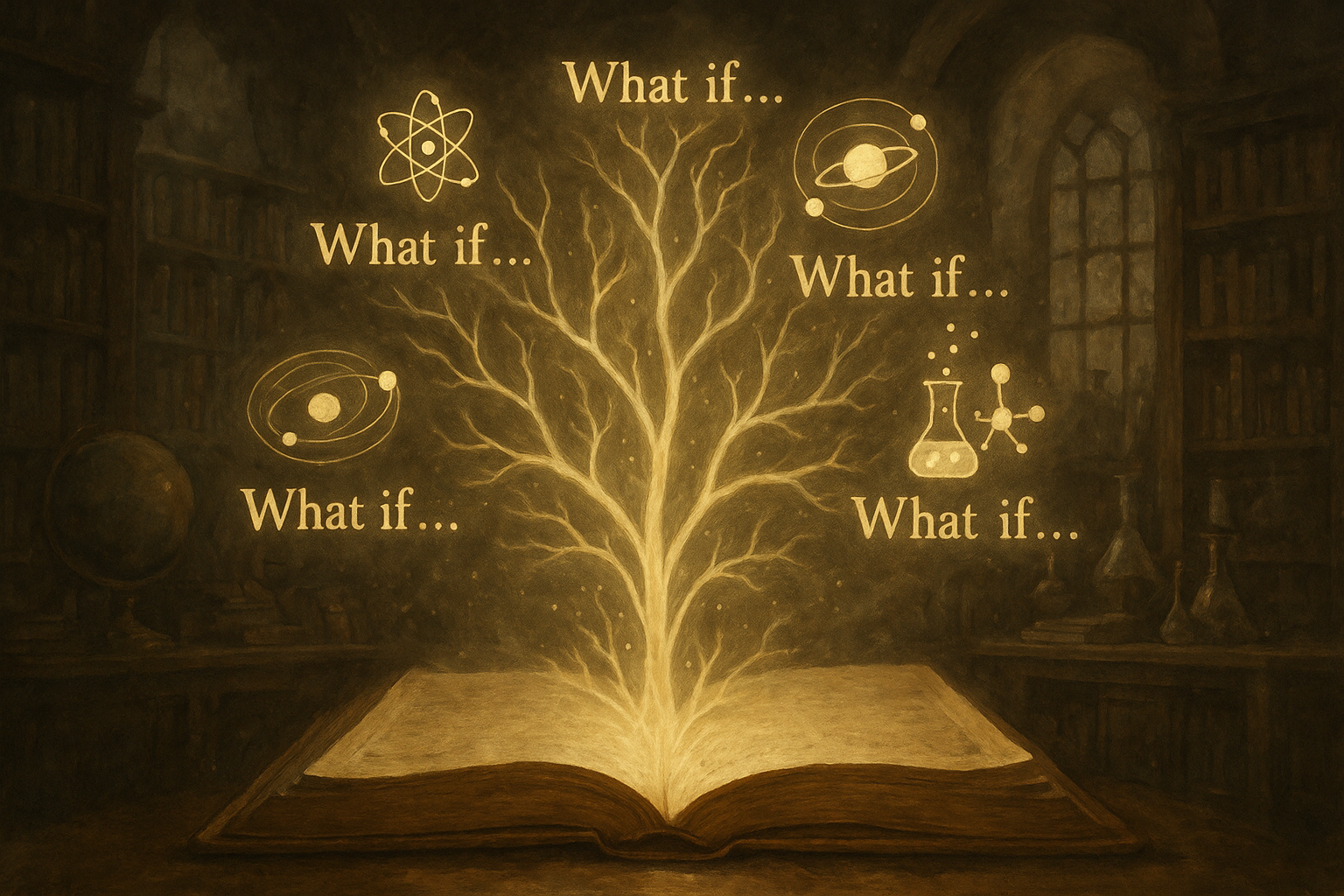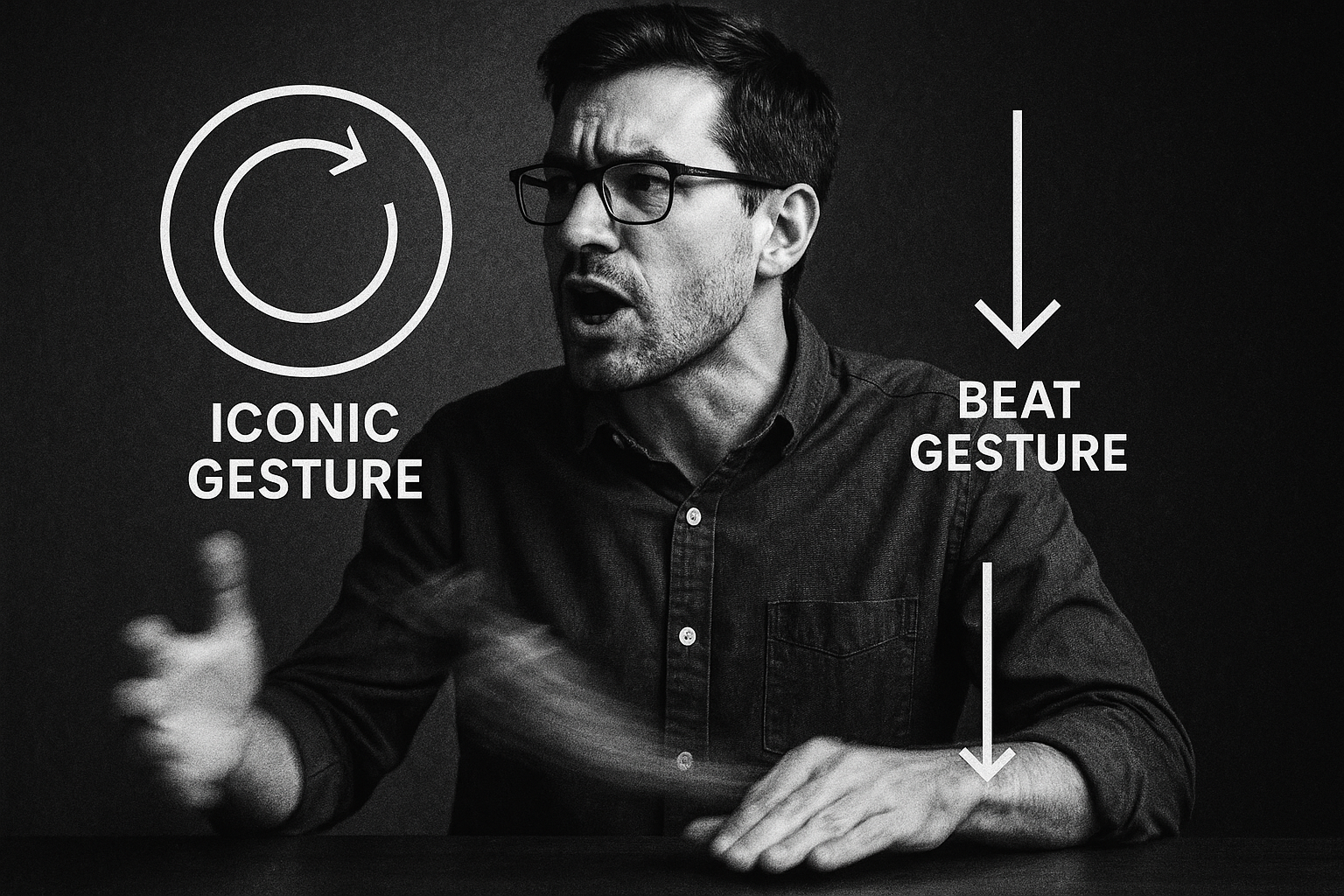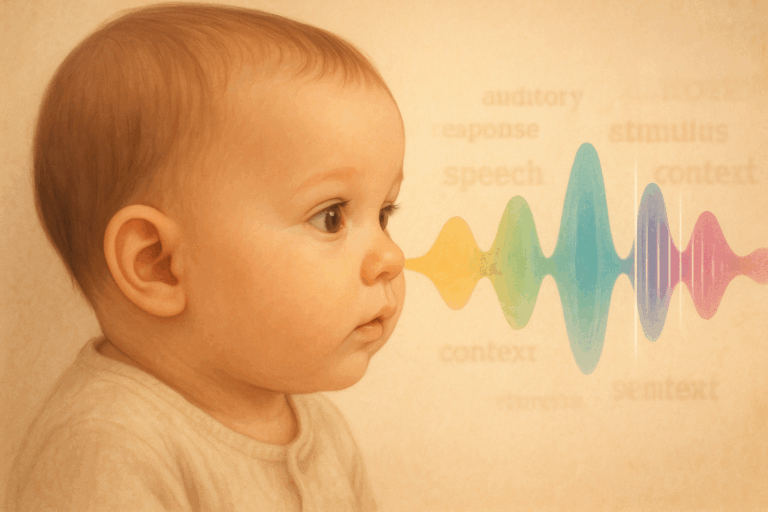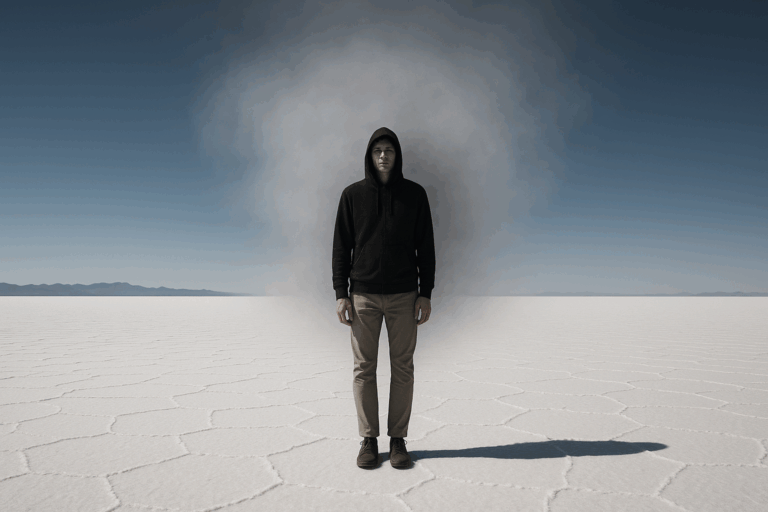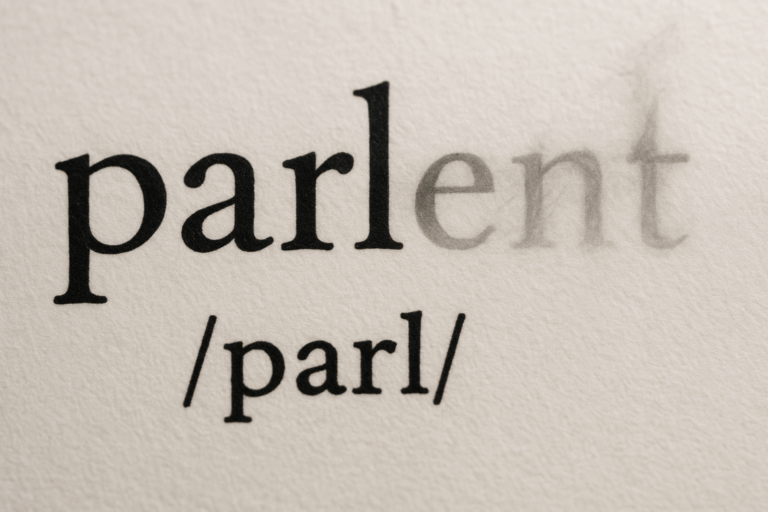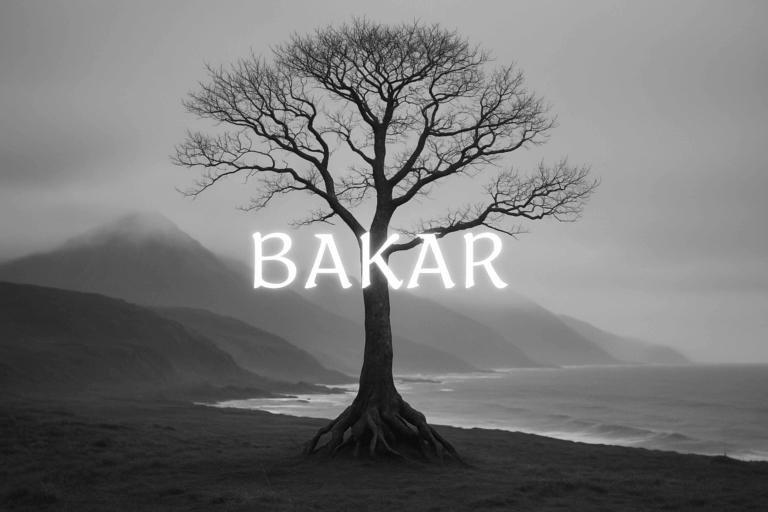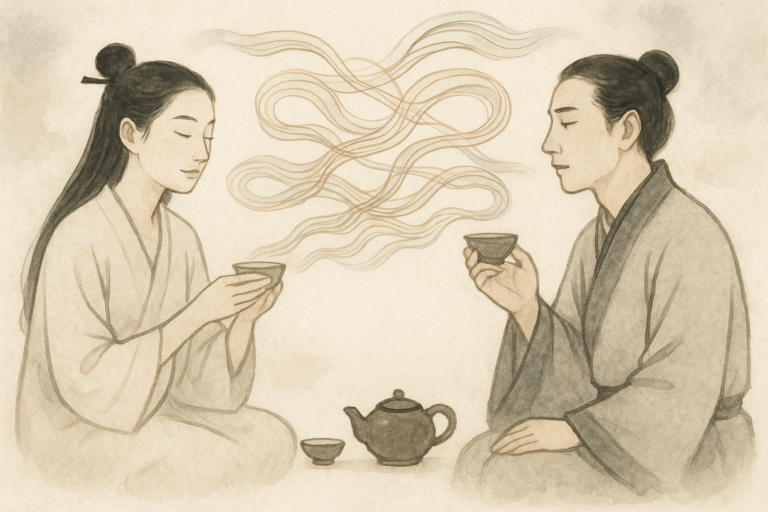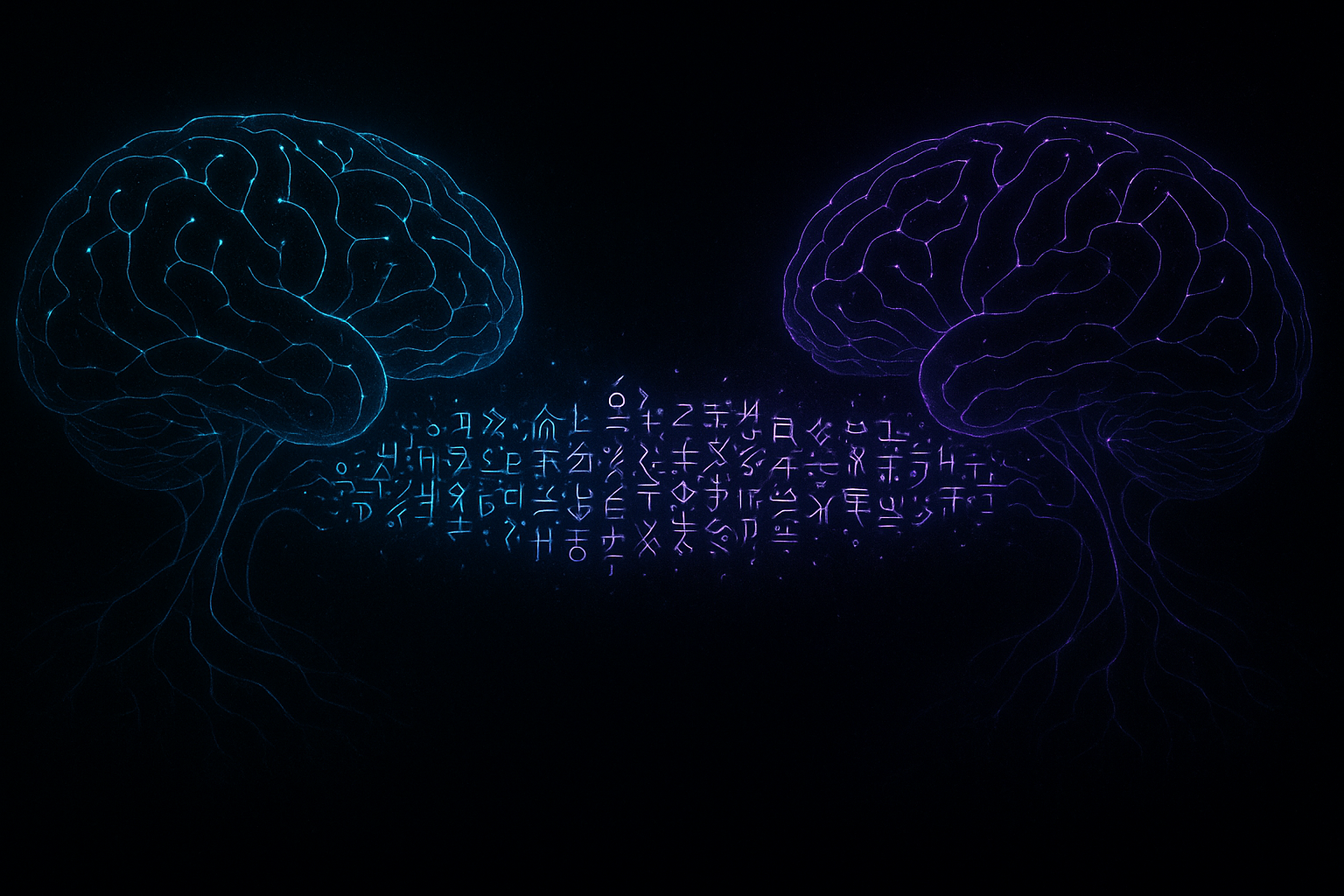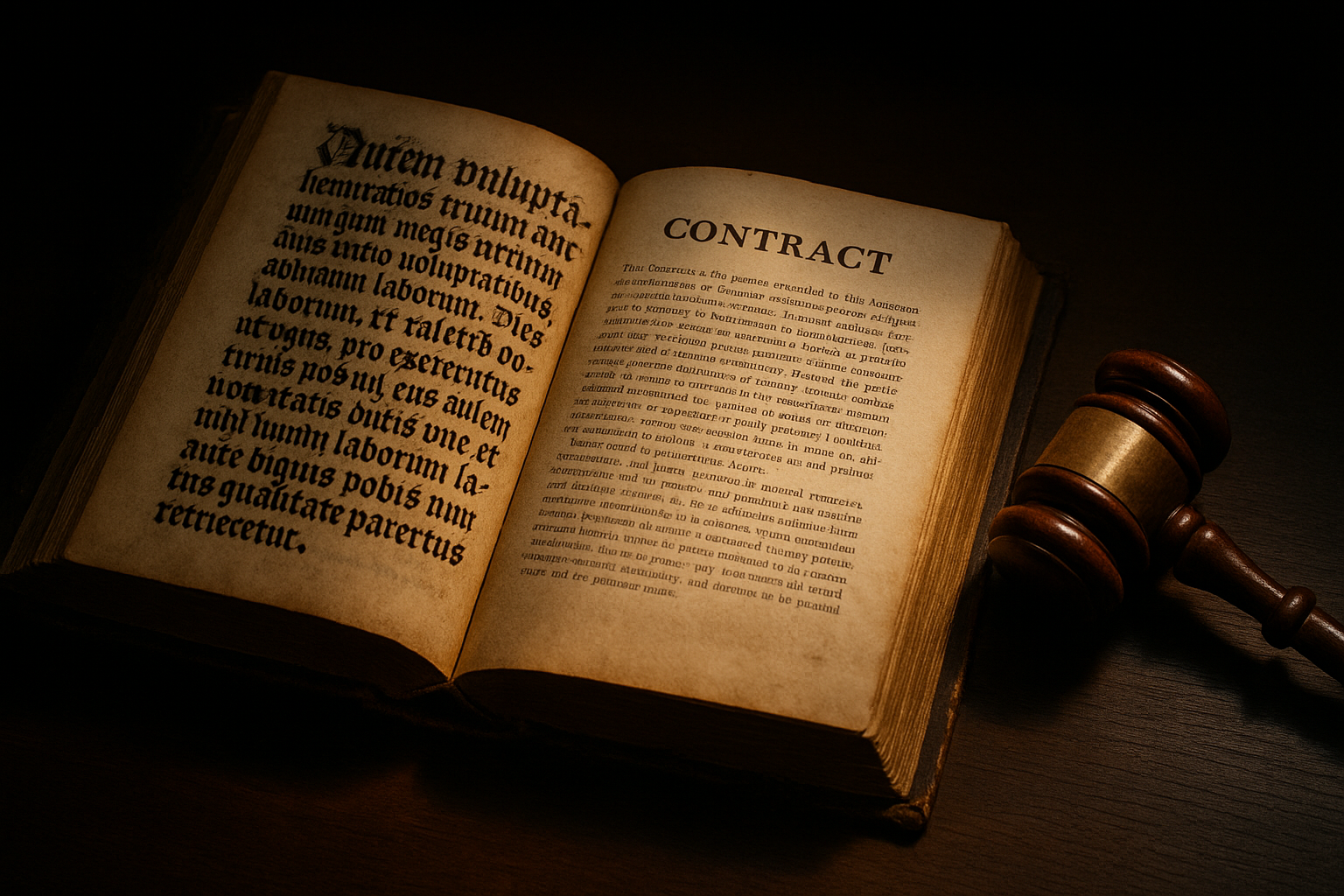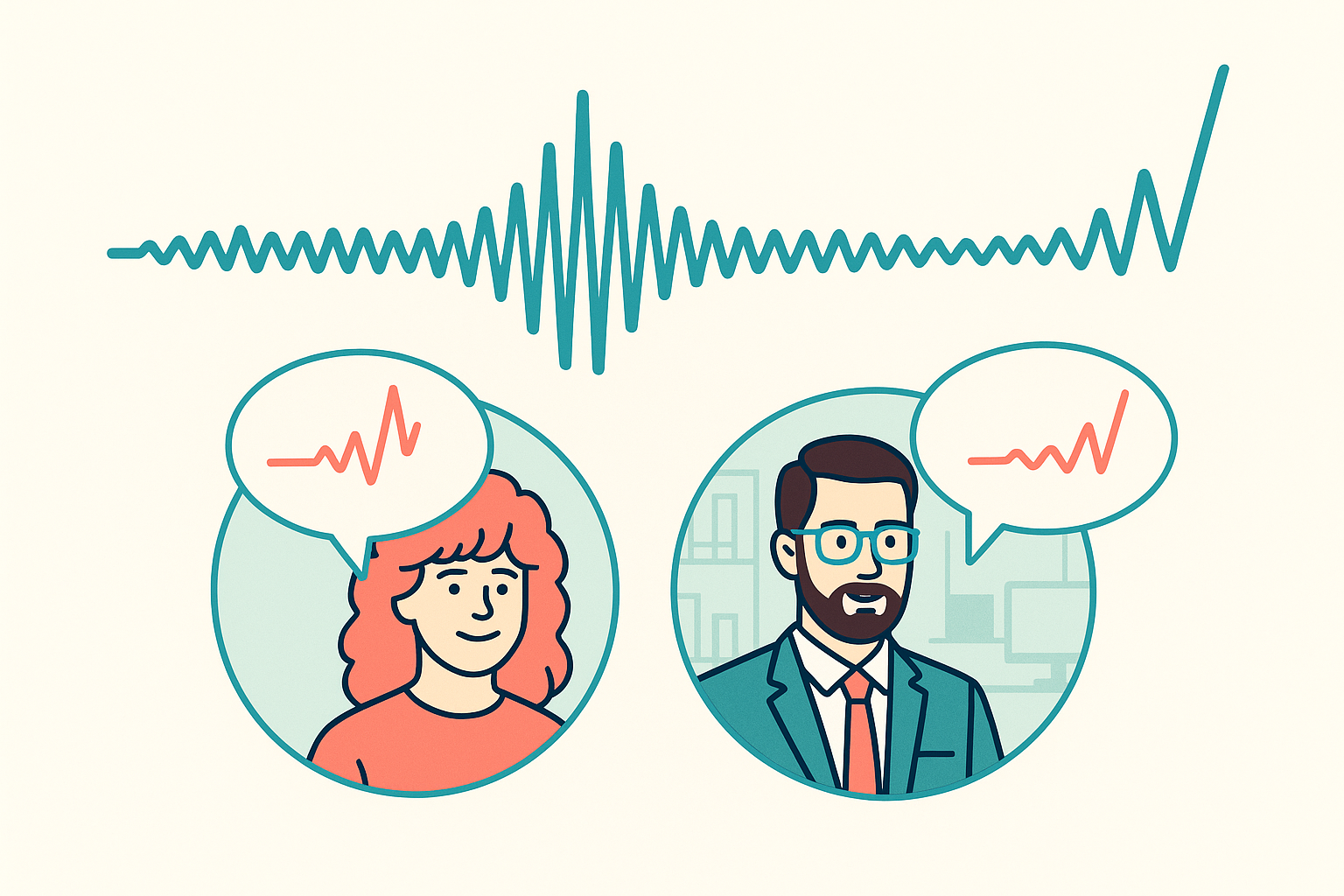What if Isaac Newton had never seen an apple fall? What if Marie Curie had decided that radioactivity was a dead end? What if you had chosen a different career path? We ask these questions constantly. This “what if” game isn’t just a fun mental diversion; it’s one of the most powerful cognitive tools humanity possesses. It’s the engine of imagination, the root of regret, and, most importantly, the foundational grammar of science.
At the heart of this ability lies a specific linguistic feature: the counterfactual. These are statements about possibilities that are not true, about alternate realities that exist only in our minds. And the primary tool our language uses to build them is a subtle, often-overlooked grammatical hero: the subjunctive mood.
The Grammar of Imaginary Worlds
First, let’s get the linguistics straight. When we talk about reality, we use the indicative mood. “The sky is blue.” “She walks to work.” These are statements of fact.
But when we want to step outside of reality, we shift gears into the subjunctive mood. The change is often subtle, a slight twist of a verb that signals we’re entering a hypothetical realm. Compare these two sentences:
- Indicative: “If I am late, I will call.” (This is a real possibility. I might be late.)
- Subjunctive: “If I were a king, I would build a library.” (This is contrary to fact. I am not a king.)
That little word, “were,” is doing an immense amount of work. It’s a linguistic flag that tells your brain, “Warning: The following information is not real. We are now engaging in speculation.” This ability to clearly mark the boundary between the factual and the hypothetical is a monumental cognitive achievement. It allows us to explore possibilities without losing our grip on reality.
This grammatical structure is our brain’s way of creating a safe, sandboxed environment to play with cause and effect, to rewind time and explore different outcomes, and to construct elaborate, non-existent scenarios.
From Grammar to the Scientific Revolution
So, what does a quirky verb tense have to do with test tubes and telescopes? The argument, put forth by thinkers like philosopher of science Karl Popper and cognitive scientist Michael C. Corballis, is that the development and refinement of counterfactual language wasn’t just a byproduct of abstract thought—it was a prerequisite for it.
Before the Scientific Revolution, the dominant worldview often centered on divine will, fate, or an unchanging natural order. The world is as it is. To ask “What if the sun revolved around the Earth?” wasn’t just a scientific question; it could be seen as challenging the very fabric of a God-given reality. The primary mode of inquiry was observation and classification of what is, not speculation about what could be.
The Scientific Revolution was, at its core, a revolution in methodology. It was the institutionalization of the “what if” question. This is where the subjunctive mood becomes the unsung hero of knowledge.
The Hypothesis: A Grammatical “What If”
At its heart, a scientific hypothesis is a formal counterfactual statement. It takes the structure: “If my theory X were true, then we should observe outcome Y.”
“If it were true that F=ma, then a larger force would produce a greater acceleration.”
“If the theory of germs were correct, then washing our hands would reduce the spread of disease.”
This structure does two crucial things. First, it acknowledges that the theory is not yet proven fact—it exists in the hypothetical space of “if it were true.” Second, it creates a testable prediction. It connects the imaginary world of the theory to the real world of observation. Science doesn’t just describe reality; it builds a hypothetical model and then checks to see if reality matches the model. This entire process is impossible without the cognitive and linguistic ability to think counterfactually.
The Thought Experiment: Pure Counterfactual Power
Nowhere is this connection clearer than in the thought experiment, or Gedankenexperiment. These are exercises in pure, structured imagination that have changed the course of science.
- Einstein riding a beam of light: Albert Einstein famously asked himself, “What if I were to ride on a beam of light?” He wasn’t actually planning an interstellar trip. He was using a counterfactual premise to explore the logical consequences of Maxwell’s equations. This thought experiment led him directly to the revolutionary insights of special relativity.
- Schrödinger’s Cat: Erwin Schrödinger’s famous cat is neither alive nor dead until observed. The setup is a deliberate paradox—a counterfactual scenario designed to expose the bizarre implications of quantum mechanics. He wasn’t proposing a real-world experiment; he was asking, “If this interpretation were completely true, what absurd world would we live in?”
These aren’t just daydreams. They are rigorous, logical deductions that begin from a premise contrary to our everyday experience. They require a mind—and a language—comfortable with building and navigating alternate worlds.
The “If” That Changes Everything
The ability to think counterfactually is fundamental to what makes us human. It allows for planning (“If I save my money now, I will be able to afford a house later”), empathy (“If I were in her shoes, I would feel upset”), and moral reasoning (“If everyone acted that way, society would collapse”).
But its role in science is arguably its most profound legacy. The grammatical tools that allow us to say “if I were” and “it would be” are not mere linguistic curiosities. They are the scaffolding upon which we build hypotheses, design experiments, and push the boundaries of knowledge. They give us a lever to pry open the universe, to look beyond what is and dare to ask what might be.
So the next time you find yourself wondering “what if,” take a moment to appreciate the incredible power of that simple phrase. You are using the same linguistic and cognitive machinery that sparked the Scientific Revolution and continues to drive human discovery. You are using the grammar that built the modern world.
